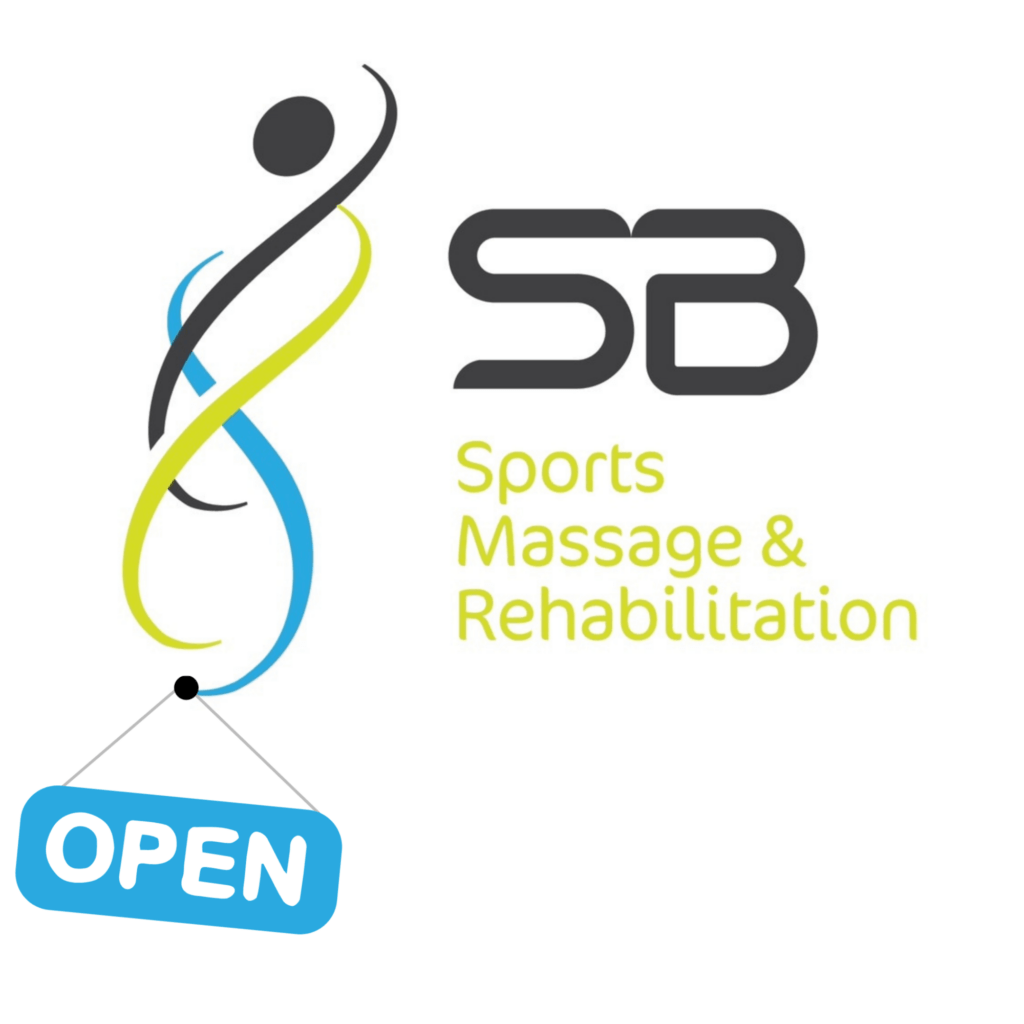I have an amazing job and I consider myself very lucky to have such a job. With a comfortable mix of working with  private clients and elite athletes, my week at work is extremely varied. I work a proportion of my week at the National Cycling Centre with the elite cyclists of British Cycling at Manchester’s Velodome and the rest in private practice. Having also worked with the GB Para-Swim team at the Aquatics Centre in Manchester it is interesting to experience how athletes from different sports have very different needs. One of the many reasons that I love my job is that I treat different people every day, from different backgrounds and with different concerns. In elite sport, and especially having worked with a mix of swimmers and cyclists, my skill-set is constantly challenged. Every day is an opportunity to learn!
private clients and elite athletes, my week at work is extremely varied. I work a proportion of my week at the National Cycling Centre with the elite cyclists of British Cycling at Manchester’s Velodome and the rest in private practice. Having also worked with the GB Para-Swim team at the Aquatics Centre in Manchester it is interesting to experience how athletes from different sports have very different needs. One of the many reasons that I love my job is that I treat different people every day, from different backgrounds and with different concerns. In elite sport, and especially having worked with a mix of swimmers and cyclists, my skill-set is constantly challenged. Every day is an opportunity to learn!
 If you are a swimmer you will know that most of the effort in the water to propel you from A to B comes from your arms. For this reason, the majority of the work that I do with the swimmers to help them recover is focused around their upper body. Their necks get tight, biased towards one side if they breathe to one side only, both sides if they breathe bilaterally. Their chest, upper back, shoulders and arms feel the ache from the pull/push phase of the swim stroke. As well as all of this, their mid to lower back may stiffen up due to the continual rotation of their trunk side to side with each stroke.
If you are a swimmer you will know that most of the effort in the water to propel you from A to B comes from your arms. For this reason, the majority of the work that I do with the swimmers to help them recover is focused around their upper body. Their necks get tight, biased towards one side if they breathe to one side only, both sides if they breathe bilaterally. Their chest, upper back, shoulders and arms feel the ache from the pull/push phase of the swim stroke. As well as all of this, their mid to lower back may stiffen up due to the continual rotation of their trunk side to side with each stroke.
If you are cyclist, you will probably be feeling the pain around your thighs and buttocks and be conscious of the fact  that, if anywhere, it is these areas that will feel the burn after riding. Knee problems can be common amongst cyclist as well, so, when working with the cycling team, my massage efforts are focused around the legs and glutes of the riders. It is interesting though how many riders will neglect their backs and necks in favour of getting a deep tissue massage on their legs and glutes. Tension will build up in the lower and upper back as each individual holds themselves static and stable in a hunched position to help control the bike. The legs and glutes are the power-house, the core, upper back and shoulders work to stabilise and balance each athlete in their favoured riding position.
that, if anywhere, it is these areas that will feel the burn after riding. Knee problems can be common amongst cyclist as well, so, when working with the cycling team, my massage efforts are focused around the legs and glutes of the riders. It is interesting though how many riders will neglect their backs and necks in favour of getting a deep tissue massage on their legs and glutes. Tension will build up in the lower and upper back as each individual holds themselves static and stable in a hunched position to help control the bike. The legs and glutes are the power-house, the core, upper back and shoulders work to stabilise and balance each athlete in their favoured riding position.
It is fair to say that “every day is a school day” as far as learning goes. My knowledge of the human body, how it works and its associated aches, pains and injuries increases continually and this constant education is one of the great things about my job! This enhanced wisdom is communicated to the other Therapists at the clinic and through them, ultimately filters to our clients as well. The private clients at our Practice definitely benefit from this knowledge and expertise, regardless of the type of sport they participate in.
Written by our owner, Sally Barker
